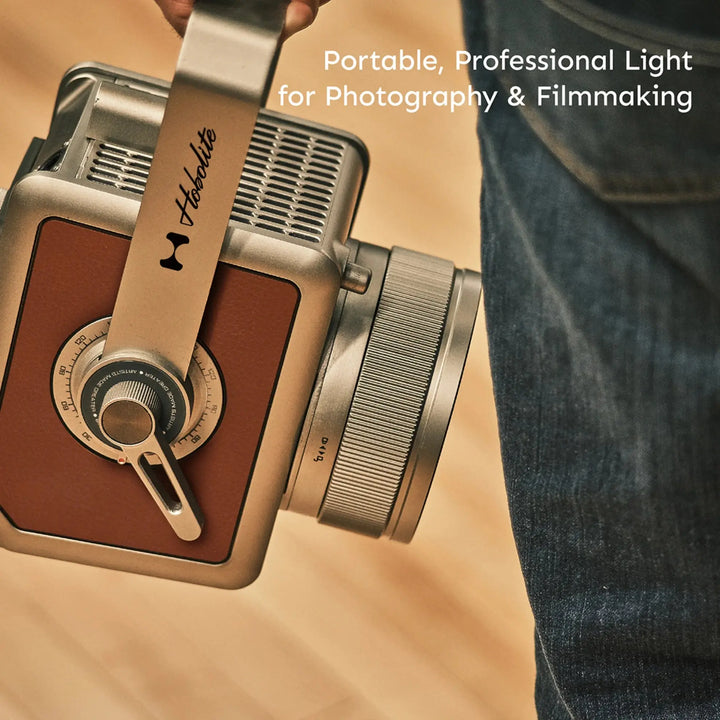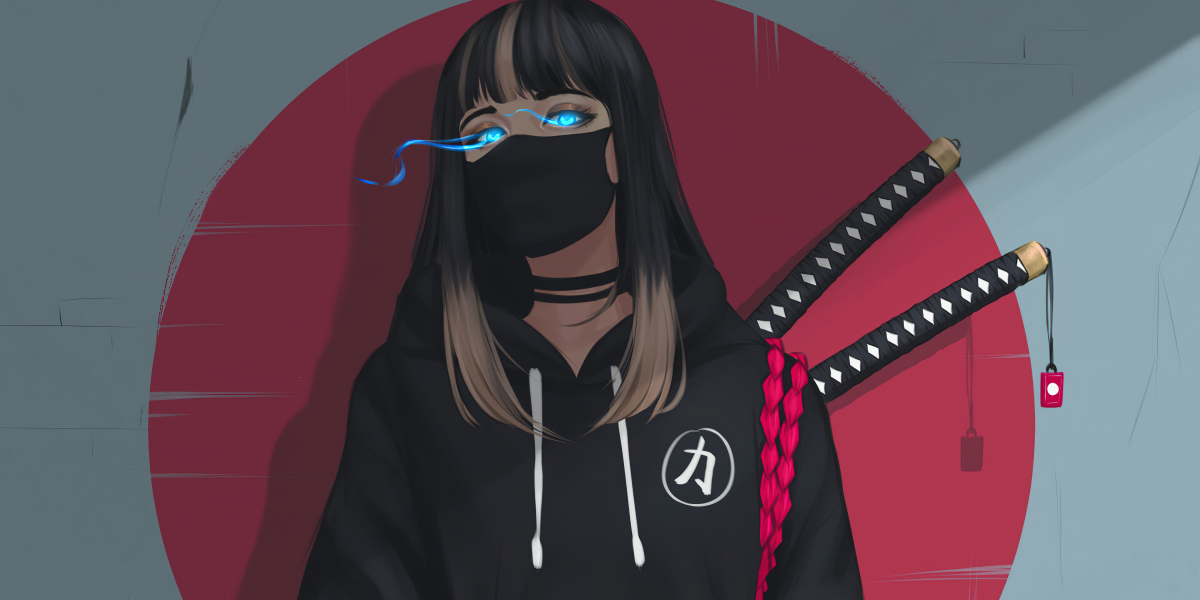Unlock Your Photography Potential: The Ultimate Guide to Choosing the Perfect Studio Lighting Kit!
Lighting is one of the most crucial elements in photography. It can transform an ordinary scene into a stunning masterpiece or render even the most beautiful subjects unrecognizable. For those serious about their craft, investing in a high-quality studio lighting kit is essential. A well-chosen kit can enhance image quality, add depth, and create the desired mood for your photographs. Whether you're a budding photographer or a seasoned pro, understanding how to select the right lighting kit will significantly improve your work. This guide will explore the various aspects to consider when choosing a studio lighting kit, ensuring you make an informed decision that elevates your photography to new heights.

Understanding Studio Lighting Kits
A studio lighting kit typically consists of multiple components designed to create a controlled lighting environment for photography. Unlike other lighting options, such as natural light or flash photography, a studio lighting kit provides consistent and adjustable lighting that allows for greater creative control. These kits can include various types of lights, modifiers, and accessories, all of which work together to produce the desired lighting effect. Understanding what a studio lighting kit entails is the first step in making an informed purchase. It's important to know that these kits are not one-size-fits-all; they cater to different styles, subjects, and shooting environments, making it essential to choose one that aligns with your specific needs and goals.
Key Components of a Studio Lighting Kit
The essential components of a studio lighting kit include lights, softboxes, stands, and reflectors. Each of these elements plays a vital role in achieving the desired lighting effect. Lights are the heart of the kit, and they come in various types, including continuous lights and strobes. Softboxes are used to diffuse the light, creating a softer and more flattering illumination that reduces harsh shadows. Stands are necessary to hold the lights in place, allowing you to adjust their height and angle for optimal positioning. Reflectors, on the other hand, bounce light back onto the subject, filling in shadows and enhancing overall brightness. Understanding how these components work together can help you utilize your studio lighting kit effectively, resulting in beautiful, professional-quality images.
Types of Studio Lighting Kits
There are several types of studio lighting kits available on the market, each with its own advantages and disadvantages. Continuous lighting kits provide a constant light source, making them ideal for video and photography, as they allow you to see exactly how the light affects your scene in real-time. Strobe lighting kits, on the other hand, produce short bursts of light, which can freeze motion and create stunning effects in still photography. LED kits are increasingly popular due to their energy efficiency and versatility, often offering adjustable color temperatures and intensities. When exploring your options, it's essential to consider the pros and cons of each type to find a kit that best suits your photography style and needs.
Choosing the Right Studio Lighting Kit for Your Needs
When selecting a studio lighting kit, it's crucial to assess your specific needs and requirements. Consider your budget, as lighting kits can vary significantly in price. Additionally, think about your photography style; for instance, portrait photographers may benefit from soft light, while product photographers may require more focused light. Your skill level also plays a role; beginners might prefer simpler kits with fewer components, while experienced photographers may want more complex setups that allow for greater experimentation. Taking the time to evaluate these factors will ensure you invest in a lighting kit that enhances your photography and aligns with your creative vision.
Setting Up Your Studio Lighting Kit
Setting up your studio lighting kit effectively is key to achieving optimal results. Start by positioning your main light source at a 45-degree angle to your subject, which helps create dimension and depth. Utilize softboxes to diffuse the light, and adjust the height and angle to minimize harsh shadows. If you're using reflectors, position them on the opposite side of the main light to fill in shadows and create a balanced look. It's also beneficial to experiment with different setups to see what works best for your specific shoot. Troubleshooting common lighting issues, such as overexposed images or unwanted shadows, can greatly enhance your final results and help you become more confident in your lighting choices.
Final Thoughts on Studio Lighting Kits
In conclusion, choosing the right studio lighting kit is a significant step toward unlocking your photography potential. By understanding the different types of kits available, the key components that make them effective, and how to set them up properly, you can elevate your photography skills and create stunning images. Whether you're just starting or looking to enhance your current setup, exploring your options and investing in a suitable lighting kit will undoubtedly pay off in the quality of your work. So take the plunge, experiment with different setups, and watch your photography transform as you harness the power of studio lighting!







